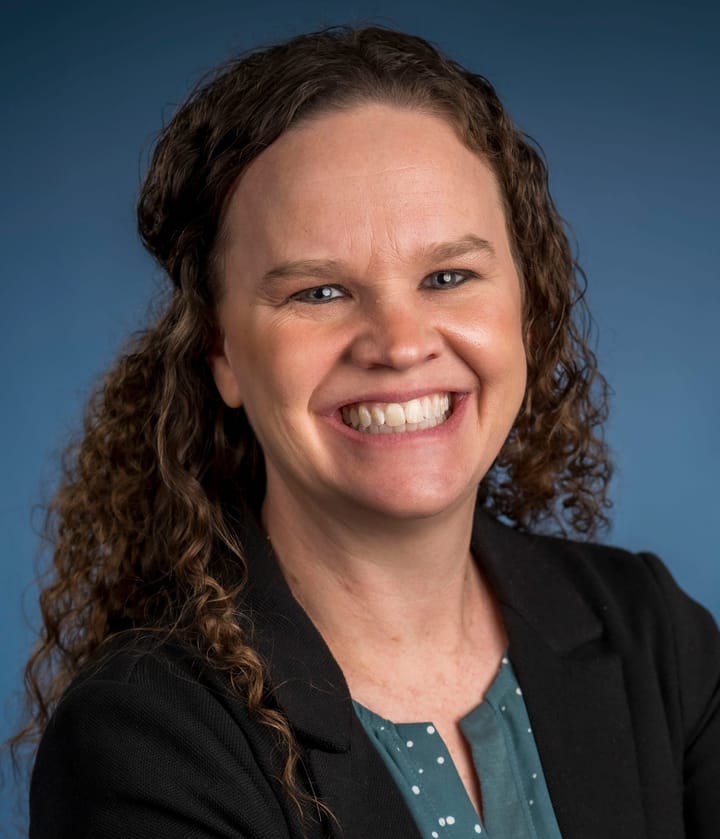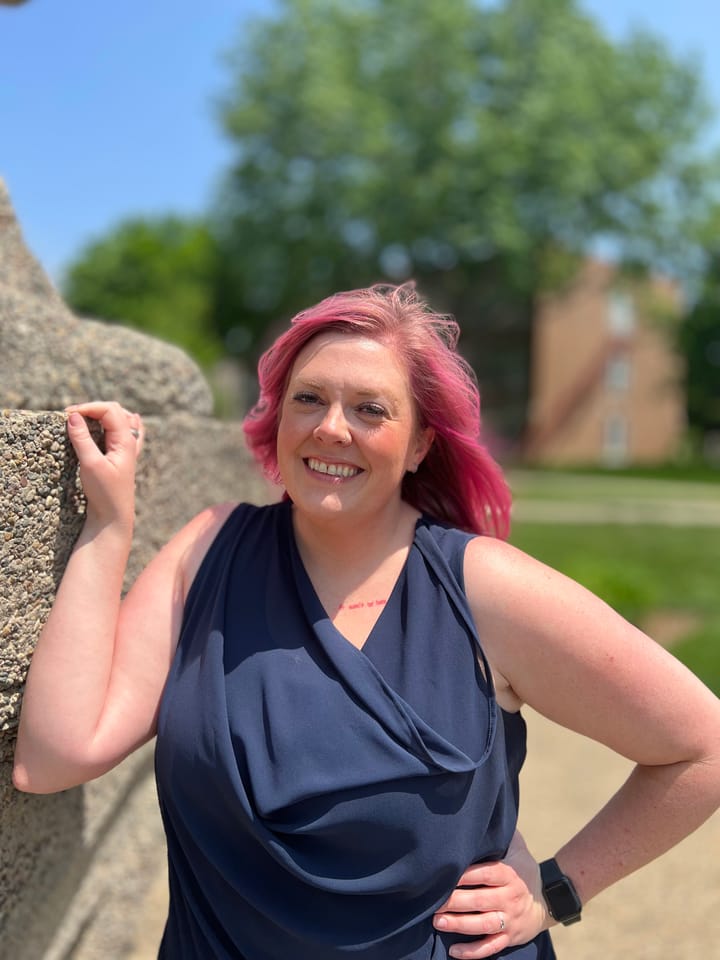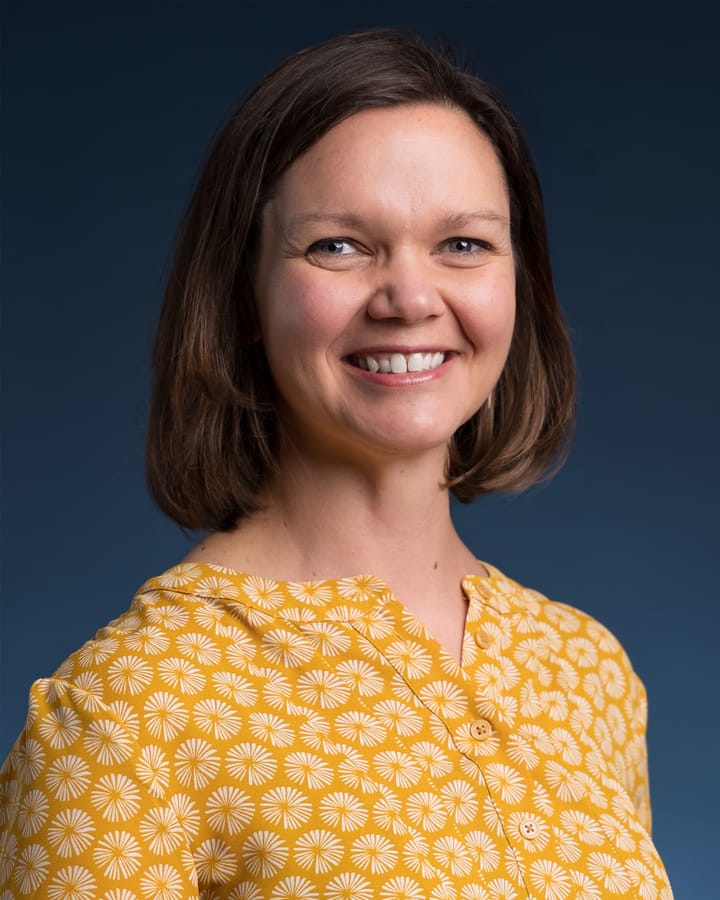Desktop Computers to be Phased out of Classrooms

To modernize classroom infrastructure, the Information Technology (IT) department plans to remove 81 faculty computers and implement a new system that will allow the use of personal laptops for presentations.
The decision, part of a long-term project led by the IT department, aims to make teaching spaces more efficient and up-to-date while reducing operational costs.
Director of IT Kevin Klawonn cited classroom modernization, reducing maintenance time and financial issues as the deciding factors for the change. Klawonn explained that the desktops are old and need constant maintenance. He estimated that a single desktop computer costs roughly $1,000–1,300. With 81 desktop computers in classrooms across campus, Klawonn said that the money required to frequently replace them is outside of IT’s current budget.
“Part of this truly is a financial question,” Klawonn said. “With the budget cuts, the laptops that should be replaced in 7 years only will be replaced in 10, but we also need faculty computers and student computers, so we have to start making choices.”
The IT department also pointed out concerns with security of the old equipment, which is more vulnerable to technical failures and system breaches. Klawonn reported that computers in classrooms — or in spaces that attract external visitors — come with a risk that anyone could easily access the internal system.
Simultaneously, even when IT replaces desktops with individual laptops, the security problem does not disappear; if a professor forgets their laptop somewhere, or if it gets stolen, risk to the internal system is still possible.
Professors were made aware of the plan during the April 2 faculty meeting.
According to Klawonn, the active participation of professors is helping identify necessary adjustments and ensure a smooth transition.
“Faculty are working with us on this particular project in such a graceful and phenomenal manner,” Klawonn said. “It has been amazing.”
Even so, the news sparked diverse reactions among faculty members. Some recognize the benefits of this structure, and others raised concerns about the convenience of the new approach.
“During the meeting, some professors were worried because they don’t have laptops in their offices, only desktops,” Diogo Seixas, assistant professor of management at Augustana’s Rydell School of Business, said.
Raymond Leach, director of the Financial Technology program and assistant professor at the school of business, said that the change will not have a major impact on his daily teaching routine.
“Personally, I don't use the classroom computers for anything,” Leach said. “I do all of my stuff through a laptop, and I'm not sure how many of my colleagues actually use them. I understand people have completely different preferences on those things, but from a personal standpoint, I think that it's a fantastic way to do things.”
In fact, Leach prefers to use his own equipment.
“I think as long as there's a way in the classroom to still have a projector that you can hook up a laptop through an HDMI cord, that would not impact me,” Leach said. “It could even be considered a security risk if you log into a classroom computer, and you have your stuff on there and forget to log out.”
Leach acknowledged that, although he prefers to use his own laptop, certain classes require software that is difficult to install in a short time, especially when there are many students.
“I understand the frustrations of that, because I teach programming classes and some software is really hard to get 25 students up and running in like an hour-long class period,” Leach said.
Klawonn emphasized that the change will not extend to other desktop computers on campus, like those in student computer labs.
“When we see that students bring their own devices, that's great, and we recognize that those are phenomenal tools to have,” Klawonn said. “But especially when we look at the Mirror, Edda and Multimedia rooms[…] They have needs there, and we have to make sure we are providing the right equipment and tools for students to use.”
Klawonn said that IT doesn’t intend to make a formal announcement about this decision to the students, as the plan will unfold over a number of years.
“I don't want to make it seem like the students have nothing to deal with, but considering the time frame of this whole entire project, the current students won't be here when it's done,” Klawonn said.
Some campus spaces have already been renovated: A refresh of classroom FSC 114 began on Monday, April 7; the space was ready for use by Saturday, April 12.
The renovation equipped the room with microphones, speakers and a camera, making it a hybrid version of old and new; the old desktop computer remains in the room, but a professor or lecturer may also bring in their personal laptop and be able to make use of the new equipment.
Klawonn said that the original cost for the room’s renovation was projected to be around $35,000, but that he decided to cut certain items — such as a second camera that would provide the professor with a full view of the classroom during an activity — to bring costs down to the $25,000 that was ultimately spent.
FSC 114 and one of the classrooms in the Midco Arena are functioning as models for the rest of the project. Both use a plug-and-play system that allows professors to connect their laptops easily and start presentations immediately.
“Specifically for my classes, because I teach the FinTech courses, that might open up opportunities to bring in guest speakers into the classroom that aren't physically located in Sioux Falls,” Leach said. “So when I'm talking to companies that are located on the East Coast or something like that, I could potentially now Zoom them into class instead, which I think will be a thing I'm excited to try out.”
Although there is no set schedule for the changes, the IT department’s plan is to gradually replace classroom computers as user feedback comes in and budget possibilities are addressed.
“This is a long-term goal. Ideally, I would like to have this done really truly within 10 years,” Klawonn said. “My plan is to complete this before I'm dead.”
The IT department stated that it will continue working closely with faculty and students to adjust the project as necessary.



